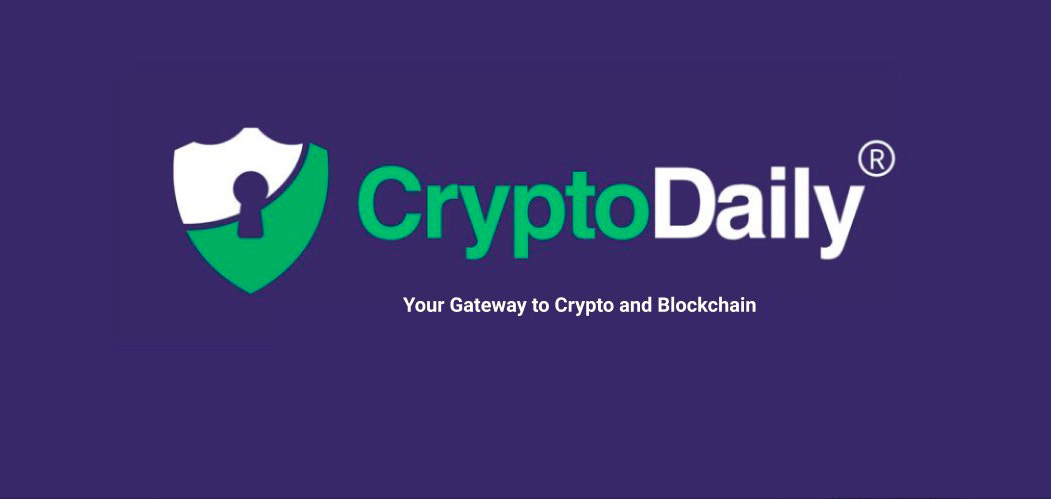Published
5 years ago on
October 24, 2018
Hot Topics
Cross Chain Transactions Now Available Between Bitcoin & Ethereum
I'm responsible for filming fresh, daily market, blockchain and crypto news for Crypto Daily's YouTube Channel. We cover a variety topics and coins to suit the taste of different investors, traders and crypto enthusiasts. For many years my background was mainly in Recruiting and Marketing. I also enjoy running a musical YouTube channel in my spare time.

PR
April 26, 2024
Must-Buys For Turning $1,000 into $50,000 in 2024: Solana (SOL), Pepe (PEPE), and PawFury (PAW)

Breaking News
April 26, 2024
Stripe Revives Crypto Payments After 6-Year Hiatus, Starts With USDC

Altcoins
April 26, 2024
Ethereum Price Prediction: Can ETH Dip To $2700 After Consensys vs SEC Lawsuit, Meme Coins To Rally?

Breaking News
April 26, 2024
Stripe Revives Crypto Payments After 6-Year Hiatus, Starts With USDC

Spotlight
April 26, 2024
Consensys Fights Back: Lawsuit Against SEC's Oversight of Ethereum

Altcoins
April 26, 2024


